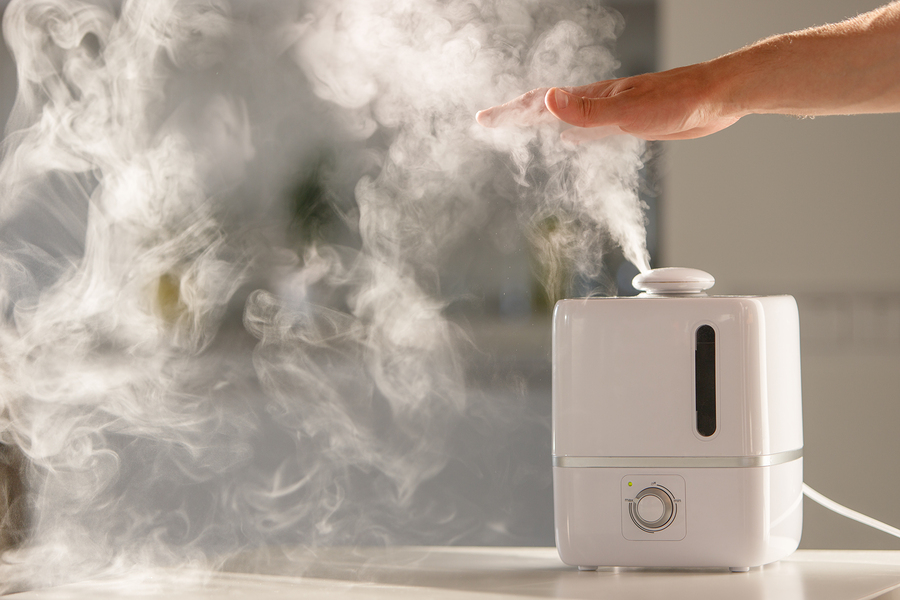What’s the Difference Between a Humidifier and Dehumidifier?
When your home feels stuffy or chilly, you usually reach for the thermostat. But did you know that the temperature is only half the story when it comes to indoor comfort? The other piece to the puzzle that many homeowners forget about is humidity. Allow us to explain why the humidity level is important and how you can properly manage it in your home.

Why managing indoor humidity is important
The ideal humidity range is between 30-50%. If the humidity inside your home is out of this range – either too high or too low – it can contribute to a number of issues.
- Health issue – When the humidity level is too high or low in your home, it can contribute to several health issues. For example, high humidity can trigger allergies or asthma for some people. On the other hand, low humidity can irritate your skin, eyes, nose, and throat.
- Mold and mildew – Fungi such as mold and mildew thrive in high-moisture areas. When mold and mildew colonies grow inside, it can cause a musty odor and even serious health issues if you breathe in the spores.
- Personal property damage – Extreme humidity levels can deteriorate materials such as wood, plaster, and leather. Over time, this could damage the structure of your home (walls, beams), décor (carpets, wood floor), or personal items (furniture, heirlooms).
Benefits of a humidifier
A humidifier’s job is to add moisture to the indoor air. Depending on the unit, this can be done in a few different ways such as with mist, steam, or an evaporator (blowing air over a wet surface). Humidifiers are typically needed more often in the winter when the colder outdoor air is naturally dryer and the heating system is running.
By increasing the humidity level to be in the recommended range, a humidifier can help alleviate symptoms of dry air including skin issues, asthma, and allergies. Moisture in the air can also make the home feel warmer and more comfortable without having to increase the temperature.
Benefits of a dehumidifier
A dehumidifier does the opposite job by removing excess moisture from the air. Most dehumidifiers work through a refrigeration system, meaning indoor air passes over a cooled coil, which turns the moisture into condensation that is collected and removed from the indoor space.
Dehumidifiers are typically used in the summer since hot air can hold more moisture than cold air. Reducing the humidity level can improve the indoor air quality, prevent the growth of mold and mildew, and make the indoor air feel cooler. A dehumidifier paired with an air conditioning system is the best way to keep your home cool and comfortable during the hottest months.
Portable versus whole-home units
Both humidifiers and dehumidifiers are available in small, single-room devices as well as whole-home systems that can be installed with your existing heating or cooling system. While portable devices sound convenient and have valid uses, they are limited in function, aren’t as powerful, can be loud, and typically require a lot of maintenance to keep it clean.
For the most accurate and consistent humidity control, a whole-home system is usually best. In the long run, these systems are often more effective, energy-efficient, and require less maintenance such as adding or removing water.
Humidifier and dehumidifier installation
To find out how a whole-home humidifier or humidifier can benefit your home, health, and comfort, call the experienced team at Robert B. Payne, Inc. We are happy to discuss all your options and provide a free estimate. To schedule an appointment, send us a message or call (540) 373-5876.

